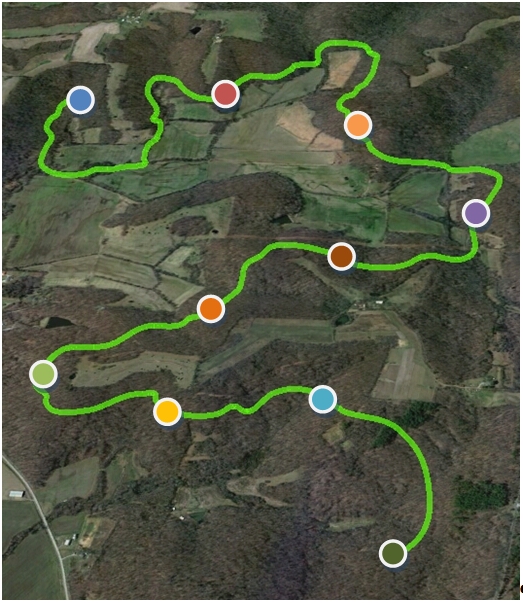Developing a cost or resistance surface
Useful Resources for Developing Model Inputs (Step 7)
The cost or resistance surface is typically built from these types of data sets:
- Data layers reflecting barriers or impediments (e.g., roads, urban/developed areas within land cover maps)
- Data layers reflecting enhancements or mitigations (e.g., culverts used as road crossings for terrestrial species, wildlife crossings)
- A habitat suitability model, mapped as a continuous surface OR a land cover or similar data set with various cover types coded with various degrees of cost or resistance
Sensitivity analysis is discussed in the subsequent step, reviewing and validating model results. Because one approach for sensitivity analysis is to adjust the resistance of the various barriers and evaluate the degree to which different resistance values alter the results, it is flagged here for consideration as you develop the cost/resistance surface.
The barriers, impediments, and enhancements will typically appear as discrete features that channel or direct movement, while the habitat model or coded land cover will indicate the relative ease of movement through the landscape surrounding the discrete features.
The suite of barriers, impediments, or enhancements that have been determined to affect habitat connectivity for the species or systems of interest will in part determine which spatial data sets are needed to develop a cost or resistance surface. Typically, multiple data layers will be required to represent the various types of barriers, impediments, or enhancements to movement for a particular species.
In addition to providing habitat patches to be connected, models of predicted habitat can be used as one of the inputs for building the cost or resistance surface. Such models are typically raster layers, with values indicating the probability that a given cell provides suitable habitat for the species. Those values can be treated as the cost or resistance values – low probability of habitat indicates high cost or resistance, while high probability indicates low cost or resistance.
In some cases, an appropriate habitat model may not be available, or there may be other connectivity considerations not accounted for in the habitat model. In this case, more than one data set may be needed to build a cost surface that adequately reflects the features that may block, restrict, or redirect movement. Examples of likely data sets include land use/land cover layers (e.g., NLCD, GAP vegetation cover) showing developed areas and row crop agriculture, data sets showing roads, or digital elevation models (DEMs). There is not a standard, prescribed method for building cost or resistance surfaces; in general, the features creating the greatest barriers to movement are coded to have the highest cost or greatest resistance to movement. Data layers may be combined additively or multiplicatively to obtain a single data layer that reflects the relative cost or resistance of all the features in a landscape. Additional general guidance on building a cost surface is providing in ESRI’s ArcGIS on-line help documentation. The modeling tool chosen to assess connectivity will further inform the specific requirements for the cost surface. Once the cost surface has been developed, it may be helpful to have it reviewed by a species or system expert to qualitatively assess whether the inputs are consistent with the understanding of the species or system or whether any factors affecting connectivity were mischaracterized or inadvertently overlooked.
Useful Resources
- NatureServe’s Landscape Condition Model, which can be used as a cost surface, is embedded in the NatureServe Vista tool
Useful Examples
- An assessment of habitat connectivity for focal species on Navajo Nation lands, conducted through the Southern Rockies Landscape Conservation Cooperative (LCC), provides one example of how to develop the cost or resistance (or conductance) surface in a project update report.


